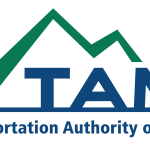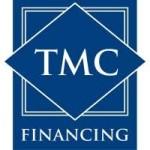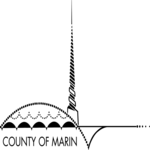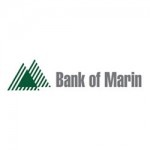Housing & Economic Update

Because housing has become a major issue in Marin County, especially in terms of providing low-cost housing options for workers and families, the global context for national debates and trends in credit markets affect local decisions. These decisions are not limited to multi-family units. The moratorium on residential building for Tamal Vista in Corte Madera may spread to other neighborhoods, cities and towns in Marin County soon. This decision comes at a time when the credit market and housing demand conditions make for good risk environments to build, though such developments come with costs such as traffic. 2015 is forecasted (as you will see in MEF’s Economic Bulletin) to be a year of continued economic growth. Marin County needs to take the current conditions and utilize them to make investments now for the future.
Since MEF’s inception in 2010, we have released a Fall Economic Bulletin to provide updated economic information about the U.S. economy, the state of California within the national context, and especially Marin County’s economy compared to the North Bay and Bay Area. The San Rafael Chamber of Commerce, the Novato Chamber of Commerce, and the Marin Council of Chambers have graciously provided MEF with top billing at their Forecasting the Future event and time to present our bulletin’s findings.
As a teaser for the report, I wanted to provide some updates on the things I am watching as an economist and also as someone involved in local economic development. It is very important that we look at local areas like small economies and that the global economy touches Marin County in many ways. Credit market conditions are headline news almost daily as we look toward 2015.
On a global scale, the European economy continues to experience relatively slow real (inflation-adjusted) growth as an economy and may have conditions close to deflation (a reduction in prices) through the end of this year. While consumers love lower prices, it usually comes with labor market effects people do not like (businesses tend to hire at a slower rate when prices fall because of lower revenue forecasts and higher inflation-adjusted costs of labor). To stimulate the European economy, specifically those countries that use the Euro as a currency, the European Central Bank (ECB) is engaging in a government bond-buying program that looks a lot like what the Federal Reserve recently phased out (called “Operation Twist”). What such a quantitative easing program does is create demand for government debt as a way to suppress upward pressure on interest rates without lowering interest rates by force (which the ECB cannot really do given interest rates are current at their nominal floor). The effect of this on the American economy is increased global demand for U.S. government debt, which will initially pay a slightly higher rate of return than comparable European bonds based on the above purchase program, and keep American rates somewhat stable and low in parallel.
For continued growth of business, low interest rates are important, but so is predictability. American equity markets, while shaky in the face of renewed geopolitical issues, have not fallen in trend in 2014 because interest rates have remained lower, business profits continue to grow, and the financial markets otherwise have not been shaken by any new information that was not already expected. These conditions lead naturally to a good environment for economic growth. One way to see that the environment remains risky is in real investment: new purchases of productive capital, building up of inventories by businesses and the purchase of new housing. We have seen growth of capital and inventories when housing languished in the early part of the recession, and then we saw housing catch fire again as capital and inventory growth slowed down from their initial increases after the recession ended. We need both growing at the same time for a robust growth pattern.














